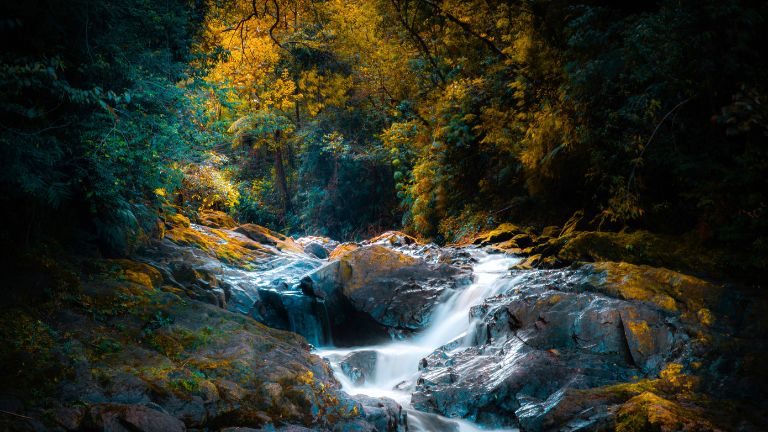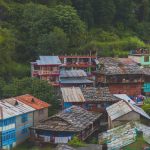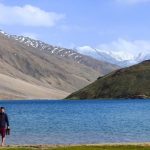Numerous rivers in Himachal Pradesh meander through its well-known, lesser-known, and uncharted locations, contributing significantly to the terrain.
Himachal’s babbling and forming rivers are the state’s lifeline; Rivers in Himachal Pradesh play a very significant role because so many Himachali rely on them to slake their thirst and support their families, while for others, these streams provide the thrill they were seeking. Here is the list of rivers in Himachal Pradesh. The Chandrabhaga or Chenab, the Sutlej, the Ravi, the Yamuna, Chandra, Bhaga, Pabbar, Spiti, Giri, Baspa, and the Beas are the rivers that make up Himachal Pradesh’s drainage system. These rivers never dry out because they are either glacier or rainfall-fed.
So, if you enjoy taking pictures and are a fan of the outdoors, don’t forget to pack your camera for the trip and capture some breathtaking images of the lush green valleys and the sparkling river water rushing against the cliffs and rocks.
Continue reading to find out which rivers in Himachal Pradesh we think you should visit.
Satluj
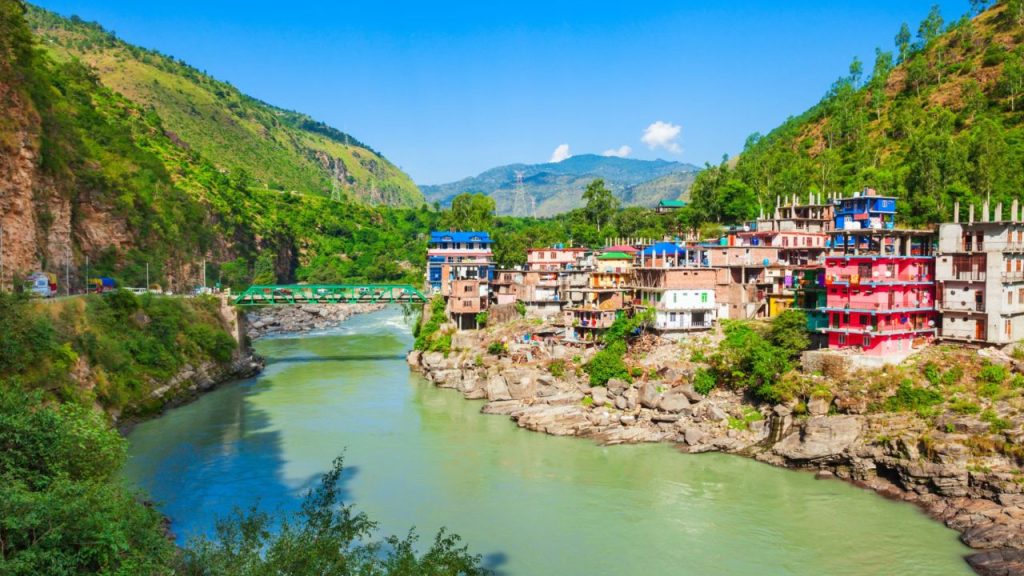
One of the Indus Rivers in Himachal Pradesh , which is one of the five tributaries and one of the five rivers that give the province of Punjab its name, is the ancient Satluj. The Sutlej river origin enters India near the Shipki La Pass, then travels through a number of Himalayan basins until joining the Beas River in Punjab, which then joins the Chenab River in Pakistan, before flowing into the Indus. At every bend, numerous tiny and large rivulets join the Satluj. When traveling down the Satluj River in the lowlands of Kinnaur.
For travelers, tourists can enjoy the serene, icy-cold water of the Satluj River as well as the captivating surroundings that surround it. The numerous water sports events held along the Satluj River, however, have to be its most intriguing feature. Yes, you read that correctly. The best water rafting and kayaking spots are on this river, so if you live for thrills and experiences, rejoice.
Beas River
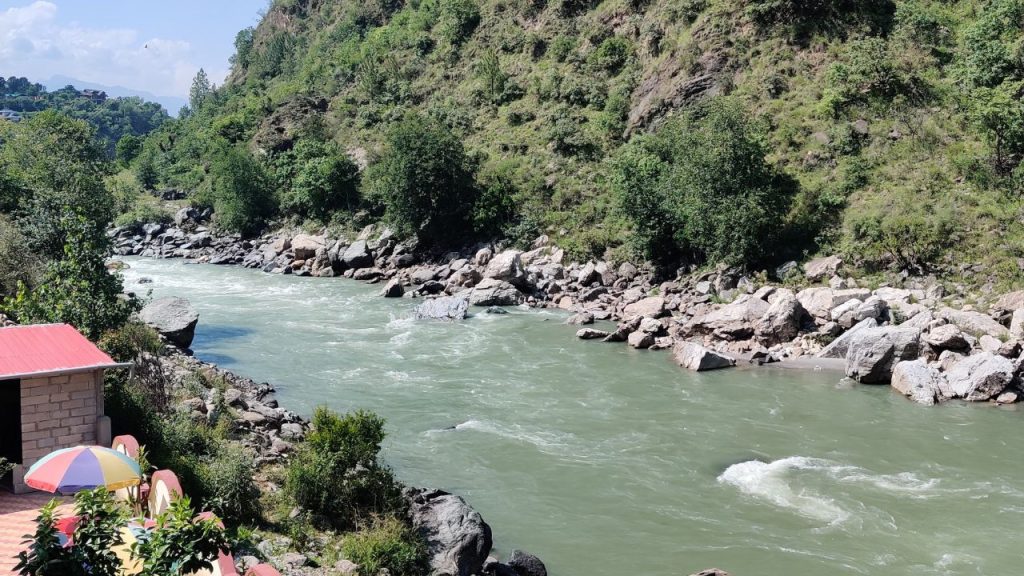
One of Himachal Pradesh’s major rivers, the Beas, has its source in the Rohtang Pass. After entering Kangra, it reaches the Mandi district via Kullu. It then travels into Punjab. The Beas river in Himachal Pradesh spans 256 kilometers in total length. The Himachal state’s Mandi Nagar is located along the Beas River. Rivers in Himachal Pradesh , the Beas River is thought to have legendary significance and is even home to a few dolphins. This river is claimed to have been produced by Ved Vyasa from the Vyas Kund. The river leaves Kullu at a height of 4,361 metres above sea level and flows through Mandi District before reaching Kangra District. One of the most popular tourist destinations in Manali is the river. It is without a doubt one of Himachal Pradesh’s most well-known rivers. Kayaking and white-water rafting are two of the top water sports available on the Beas River. Do you want to know a secret? Dolphin sightings are possible in this river as well!
Ravi River
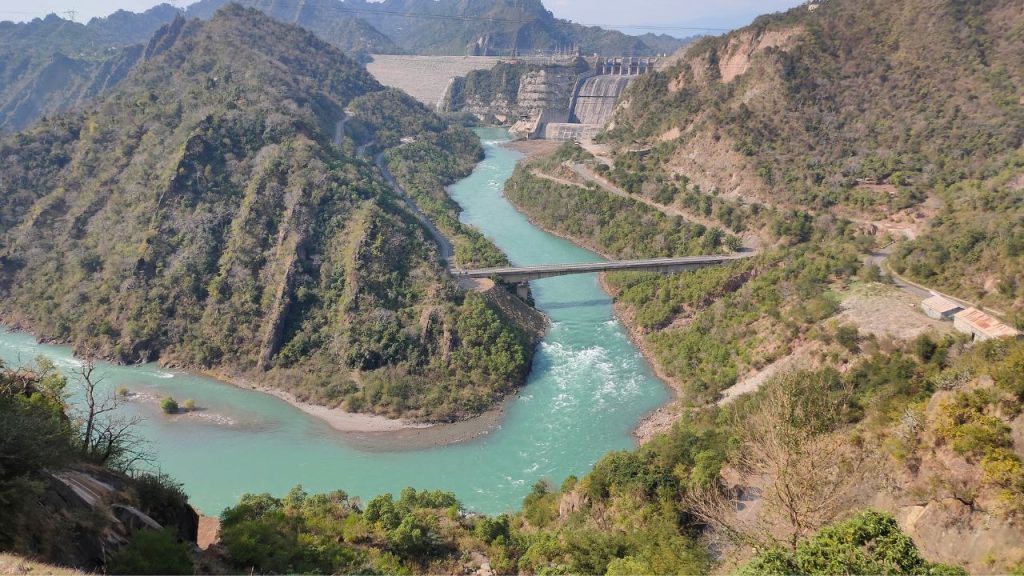
The “Bada Bhangal” in the Himalayan Dhauladhar mountain range is where the Ravi river begins (Multan tehsil of Kangra district). On the banks of the Ravi is Chamba Nagar. Sanskrit refers to Ravi as Iravati, whereas Vedic refers to her as Purushani. Iravati was the name given to this river historically by Indians during the Vedic era, while Hydraotes was the name given to this river by the Greeks. Additionally, it’s thought that parts of the Battle of the Ten Kings were fought exclusively over this river. It is perhaps one of the most well-known rivers in Himachal. The Ravi River is a must-see if you’re seeking a river with plenty of water activities and visual splendor. You may enjoy the best of both worlds here! Kayaking and white-water rafting are your best options if you’re an adrenaline junkie. We recommend going to Himachal Pradesh in the summer or fall if you want to enjoy the best water sports.
Yamuna
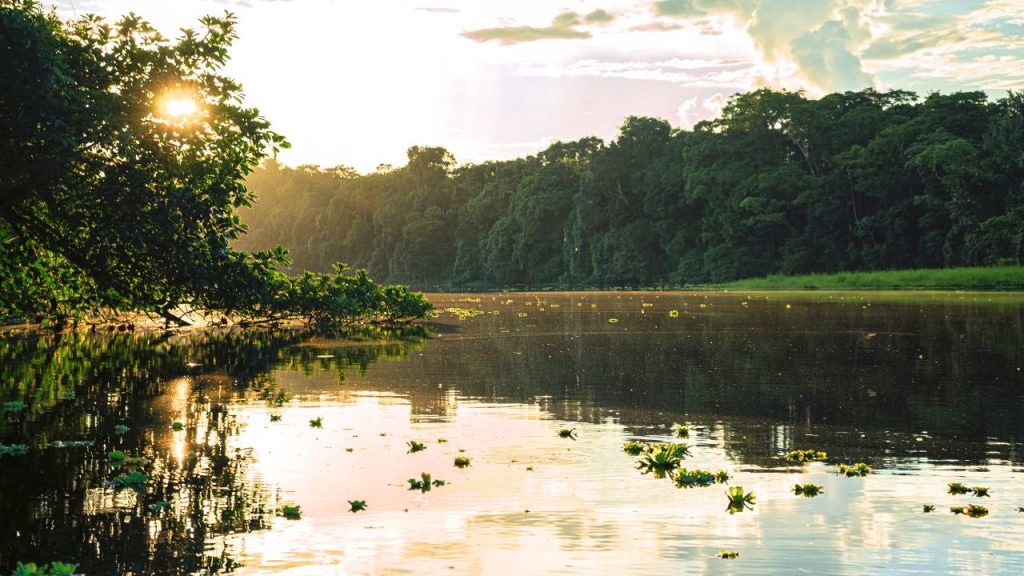
The Yamuna River rises in Uttarakhand’s Yamunotri Glacier. Through Tajewal and Paonta Sahib in Himachal, it enters Haryana. The Yamuna River is known as Kalindi in Vedic literature.
This is the second-largest and longest Ganges tributary in India. The river encounters tributaries along its path through the Indian states of Tons, Chambal, Sindh, Betwa, and Ken. One of the most well-known rivers in Himachal is the Yamuna River.
Given that it flows alongside the Ganges, the Sanskrit word “Yama,” which means “twin,” was the source of the name Yamuna.
The vegetation that lines the river’s length is what gives it its true charm. The Yamuna is the ideal location to take magnificent images if you love the outdoors. It is the ideal location to experience peaceful energy. The vegetation by the river provides a home to a variety of bird species. So without further ado, grab your belongings and head to the Yamuna river to bask in its glory. And yeah, remember to bring your binoculars so you can see the birds.
Chandra
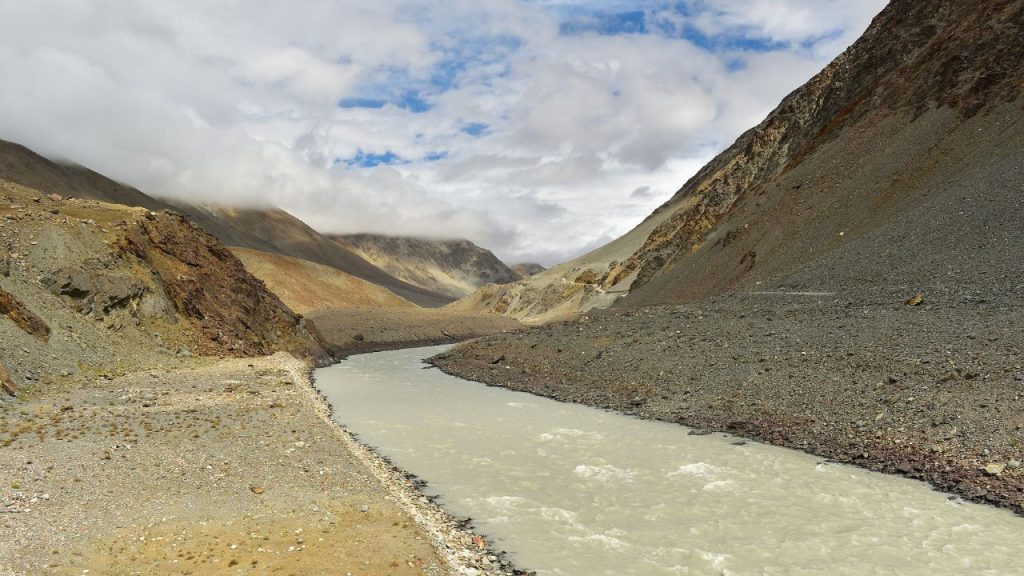
In the Himachal Pradesh province’s Lahaul region, the River Chandra is one of the two rivers that combine to form the Chenab. At the foot of the main Himalayan range in the Lahaul and Spiti area, it rises in the snow. At its source, the stunning Chandra Tal lake was created. Before entirely turning and taking a southwesterly route in the Spiti Valley, it flows along the base of this ridge in a southeasterly direction for a significant distance. Downstream of Keylong, it continues to flow until it combines with the Bhaga River.
Bhaga
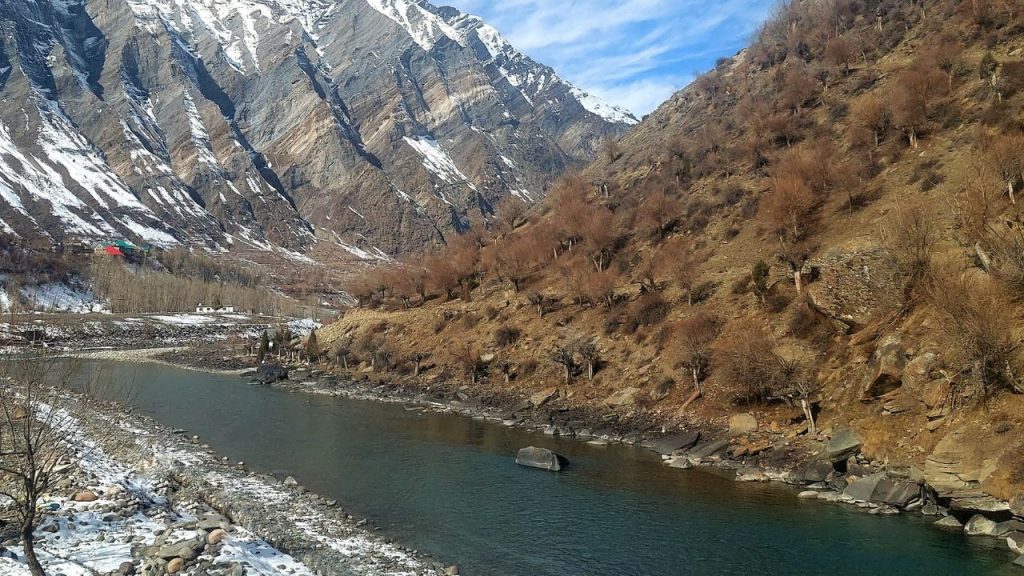
The Surya Taal Lake, located a few kilometers east of the Bara-lacha La Pass in Himachal Pradesh, is the source of the Bhaga River. Before coming together at Tandi, the Bhaga river travels 60 km (37 mi) through a series of small canyons. The Chenab River, also called the Chandrabhaga River, has a tributary called the Bhaga River. The Suraj Tal, a few kilometers from Baralacha Pass, is where the tributary’s original beginning point is. Also, the Chandra River comes from a glacier in the Baralacha La area. The Chandra River meets the Bhaga River at Tandi to form the Chandrabhaga.
Chenab
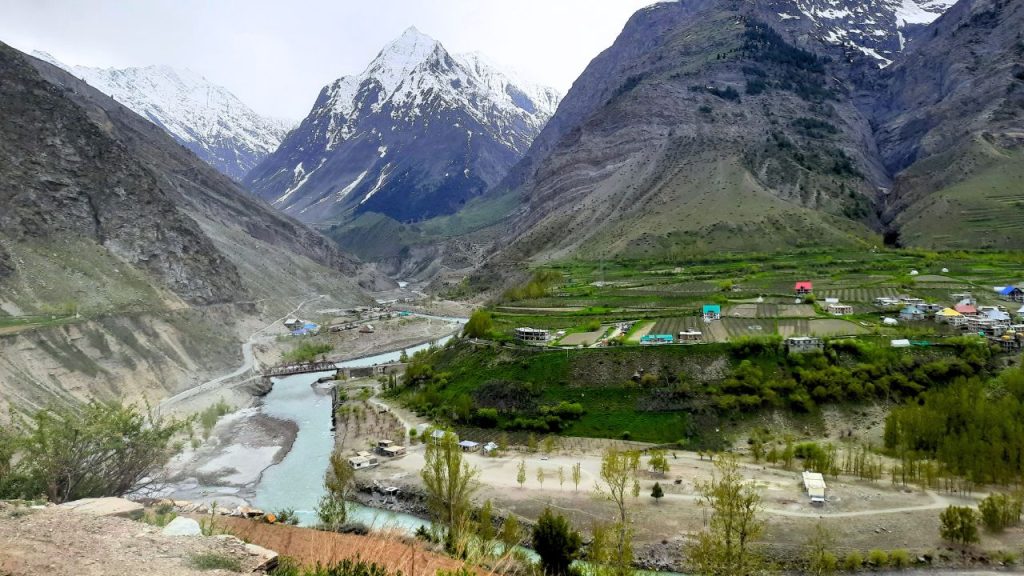
The Chenab is indigenous to one of the rivers in Himachal Pradesh ‘s Lahaul-Spiti district. The Chandra and Bhaga rivers came together to become the Chenab. At Tandi, the Chandra and Bhaga rivers converge to form the Chenab. Travel from Lahaul-Spiti to Chamba before entering Jammu & Kashmir. The Chenab river in Himachal Pradesh has a total length of 122 km. The Chenab River starts in Lahaul and Spiti in the upper Himalayas. It flows through the districts of Ramban, Doda, Kishtwar, Jammu, and Reasi, and then into Punjab and Pakistan.
You are missing out on some of the best rivers in Himachal Pradesh , if you haven’t heard of the magnificent Chenab River. This river is well-known and frequented by many travelers and tourists because it has many fascinating features. The abundance of rafting locations along the entire length of the river is another factor in the popularity of this river among tourists. If you want to experience the Chenab river, rafting is, in our opinion, a must-do activity. We are confident that you will enjoy gliding across the river’s waves and bends.
Pabbar
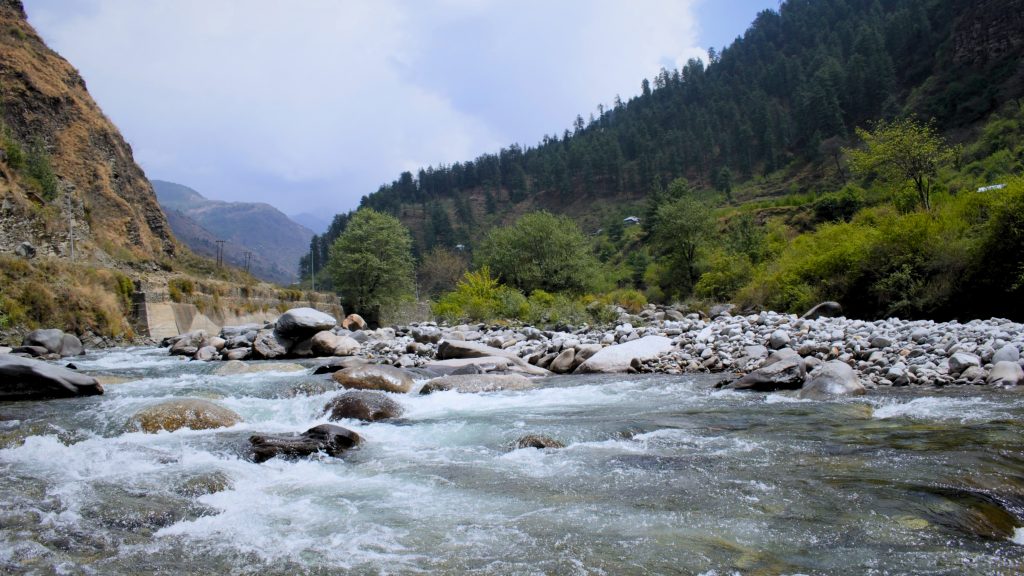
The Tons River is a tributary of the Pabbar River, which eventually empties into the Yamuna River. The Dhauladhar range, which are the south-facing slopes close to the border between Himachal Pradesh and Uttar Pradesh in the far northeast of Shimla district, is where the river originates. The mainstream is nourished by springs coming from subterranean waters and the Chandra Nahan glacier. At the foot of the Chakrata massif, close to the border between Uttar Pradesh and Himachal Pradesh, the river merges with the Tons River.
About 100 kilometers separate Shimla from the scenic Pabbar River valley, also known as the Pabbar Valley. The surroundings are lush and thriving in abundance. The Chanshal Pass, which is close by, helps explain some of the valley’s popularity despite the fact that it remains unexplored. It is located near the Himachal Pradesh and Uttarakhand border. The breathtaking Pabbar River passes through the Chanshal Mountain Range, apple orchards, lofty mountains, beautiful green meadows, and deep oak and deodar woods.
Those seeking adventure will find the valley very intriguing. In the lush cover of the mountain slopes, exciting trails are just waiting to be discovered.
Spiti
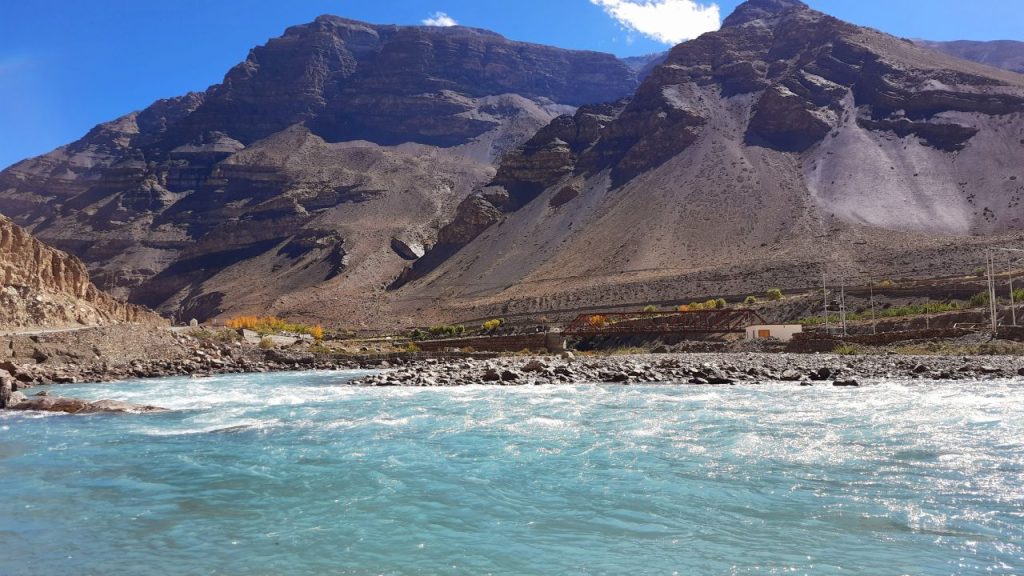
The Spiti River originates between Lahaul and Spiti, on the eastern slopes of the far-northern mountain ranges. The Spiti River’s glacier-fed main course is perennial, but several of its tributaries vanish into loose rubble at the foot of the plateaus. It flows through the Kinnaur area until it meets the Satluj at a place called Khabo.
The stunning valleys of Himachal Pradesh’s Lahaul-Spiti area are nourished by the Spiti River. It comes from the Kunzum Range in the Himalayas, dividing Lahaul and Spiti in the process. It is fed by a number of Himalayan streams, including the Pin River. The Himalayan ranges’ melted glaciers provide the river with all of its water because this part of the Himalayas is a desert region with little to no rainfall. Nearly all of the towns in the Spiti Valley, including Tabo, Dhankar, Kaza, and Rangrik, are situated along the banks of the Spiti River.
Giri River
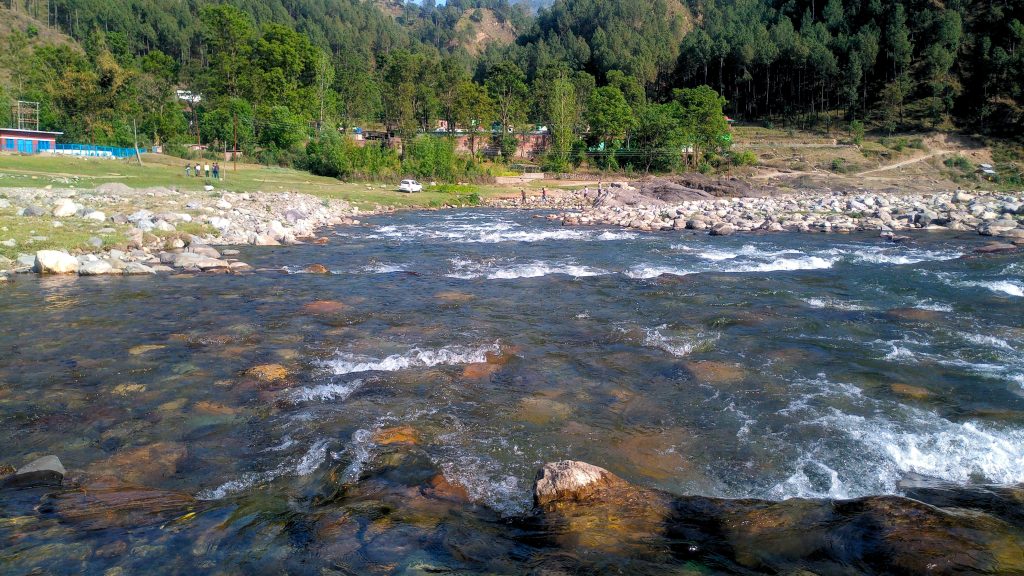
An essential Yamuna River tributary is the Giri River. Rivers in Himachal Pradesh are the primary source of water. The Giri, or Giriganga, is well-known in the Jubbal and Rohru hills, rising from Kupar peak just above Jubbal town after flowing across the heart of the Shimla hills. It then flows down in a southeasterly direction, dividing the Sirmaur district into equal parts known as the Cis-Giri and Trans-Giri regions, and then it joins the Yamuna upstream of Paonta below Mokkampur. Water from the Giri River is carried into the Girinagar power plant through a tunnel before entering the Bata River.
Baspa
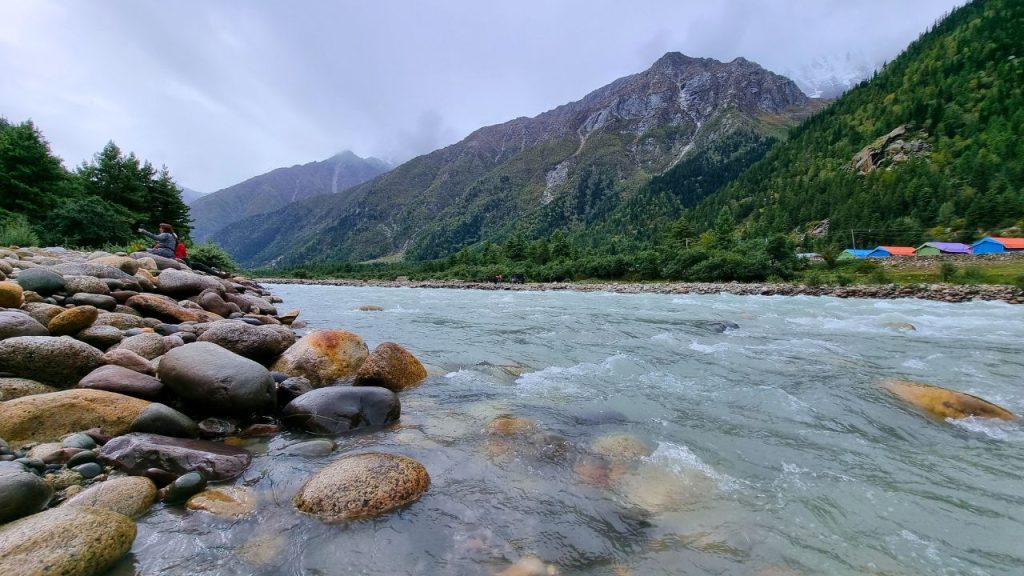
The Baspa Rivers in Himachal Pradesh , India. It feeds into the Sutlej River. It begins in the Kinnaur district’s Himalayan glaciers. Sangla Valley often referred to as Baspa Valley, is a picturesque alpine valley that draws visitors.
This river has its origins near the Indo-Tibetan border, and as a result, the Baspa Valley, also known as the Sangla Valley, was created. The Baspa Valley, with Ching Sakhago Pass perched atop, is regarded as one of the outstanding Himalayan landscapes. The river’s flow is improved by the glaciers.
The river flows from the Baspa Hills to a point close to Karcham, where it meets the Sutlej River. The river flows through oak and pine trees as it circles the top and intermediate slopes, while on the lower slopes it travels through meadows and pastures.The rivers in Himachal Pradesh are the gleaming accents to its breathtaking surroundings. Each river, which flows continuously and passes through several mountains, brings life to the landscape. A map of the rivers in Himachal Pradesh would be useful when exploring the many hill towns in this Land of the Lords. Make a point of visiting Himachal Pradesh.
F&Q’s Rivers in Himachal Pradesh
How many rivers are there in Himachal Pradesh?
There are 11 rivers in Himachal Pardesh which are Chandrabhaga or Chenab, the Sutlej, the Ravi, the Yamuna, Chandra, Bhaga, Pabbar, Spiti, Giri, Baspa, and the Beas.
What are the main rivers of Himachal Pradesh?
Himachal Pradesh has five major rivers, which are Satluj, Ravi, Beas, Chenab, and Yamuna.
Which one is the longest river in HP?
The Satluj River is the longest river in Himachal Pradesh. It entered India from the Shipki La pass. The Bhakra-Nangal Dam and Indira Gandhi Canal are constructed across the Sutlej river.
Which river flows into Manali?
“The Beas River flows through Manali, Himachal Pradesh, and Punjab; it is also known as Vipasha in Sanskrit.”
Which river flows in Kasol?
The Parvati river flows in kasol Himachal Pradesh.


